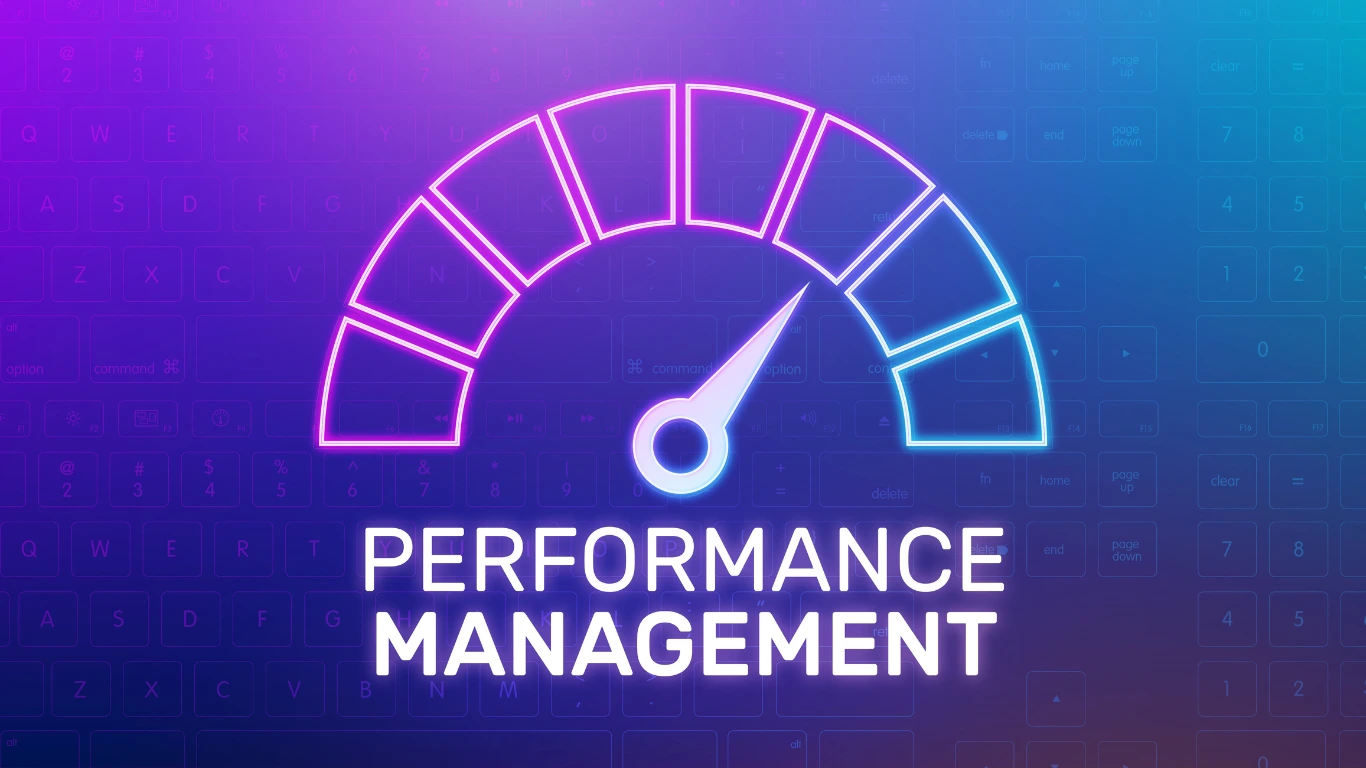
Unleashing the Power of Your Server
A high-performing server is the backbone of any modern business. It’s the unsung hero that powers your website, applications, and critical data. But what happens when your server starts to slow down or become unresponsive?
In this guide, we’ll explore practical tips and tricks to optimize your server’s performance. From hardware tweaks to software fine-tuning, we’ll cover everything you need to know to keep your server running smoothly.
Understanding Server Performance
Before we dive into optimization techniques, it’s essential to understand the key performance indicators (KPIs) that affect your server’s performance.
-
Response Time - How quickly your server responds to requests.
-
Throughput - The amount of data your server can process in a given time.
-
Uptime - The percentage of time your server is available and operational.
Common Performance Bottlenecks
-
CPU Usage - A high CPU load can slow down your server.
-
Memory Utilization - Insufficient memory can lead to performance degradation.
-
Disk I/O - Slow disk performance can bottleneck your server.
-
Network Latency - Network issues can impact your server’s responsiveness.
You can significantly improve your server’s performance by identifying and addressing these bottlenecks, leading to faster response times, increased throughput, and higher uptime. This will ultimately enhance the user experience and boost your business’s productivity.
Optimizing Server Configuration
To maximize your server’s performance, it’s essential to optimize both hardware and software configurations.
Hardware Optimization
-
Select components that are suitable for your specific workload. Consider factors like CPU cores, RAM, storage capacity, and network bandwidth.
-
Fine-tune BIOS settings to optimize performance, such as enabling hardware virtualization and adjusting memory timings.
-
Ensure proper airflow and cooling to prevent overheating and performance degradation.
Software Optimization
-
Optimize operating system settings, such as kernel parameters and memory management.
-
Configure applications to use resources efficiently and minimize resource consumption.
-
Optimize database queries, indexing, and caching to improve database performance.
Meticulous hardware and software configuration is key to unlocking your server’s full potential. By carefully selecting components, fine-tuning settings, and optimizing applications, you can significantly enhance performance and responsiveness.
Server Maintenance and Monitoring
Regular maintenance and monitoring are crucial for keeping your server running smoothly. By implementing a proactive maintenance strategy, you can prevent downtime, optimize performance, and protect your data.
Software Updates
Staying up-to-date with the latest software updates is essential for security and performance.
Backup and Recovery
A robust backup strategy is crucial for business continuity. Regularly back up your data and test your recovery procedures.
Security Audits
Conduct regular security audits to identify and address vulnerabilities.
Performance Monitoring
Utilize monitoring tools to track key performance metrics, such as CPU usage, memory utilization, and disk I/O.
Regular maintenance is key to keeping your server running smoothly. Stay up-to-date with software updates, back up your data regularly, and conduct security audits to safeguard your system. Performance monitoring tools like Nagios, Zabbix, and Datadog can help you keep track of your server’s health. By identifying and addressing potential issues early on, you can prevent downtime and optimize performance.
Troubleshooting Common Server Issues
Even with careful maintenance and optimization, server issues can arise. Here are some common troubleshooting tips.
- Identifying Performance Bottlenecks
-
Track key metrics like CPU usage, memory consumption, and disk I/O.
-
Look for error messages and performance warnings.
-
Identify resource-intensive processes and optimize them.
- Resolving Hardware Failures
-
Implement redundant hardware components to minimize downtime.
-
Conduct regular hardware checks and cleanings.
-
Have spare parts on hand for rapid replacement.
- Addressing Software Conflicts
-
Keep your software up-to-date to address vulnerabilities and performance issues.
-
Thoroughly test any software changes in a controlled environment.
-
Use tools like virtual machines to isolate problem applications.
- Optimizing Network Configuration
-
Optimize network settings, such as MTU size and TCP window size.
-
Use network monitoring tools to identify and resolve network bottlenecks.
Regularly applying these troubleshooting techniques will ensure your server’s health, protect your data, and keep your business running smoothly.
To Conclude…
A well-tuned server is the backbone of any successful online operation. By following the tips and tricks outlined in this guide, you can unlock your server’s full potential.
Remember, a proactive approach to server management is key. Regularly maintain your server, monitor its performance, and address issues promptly. If you need expert assistance, don’t hesitate to reach out to a qualified IT professional.
Take control of your server’s destiny and experience the benefits of optimal performance.





